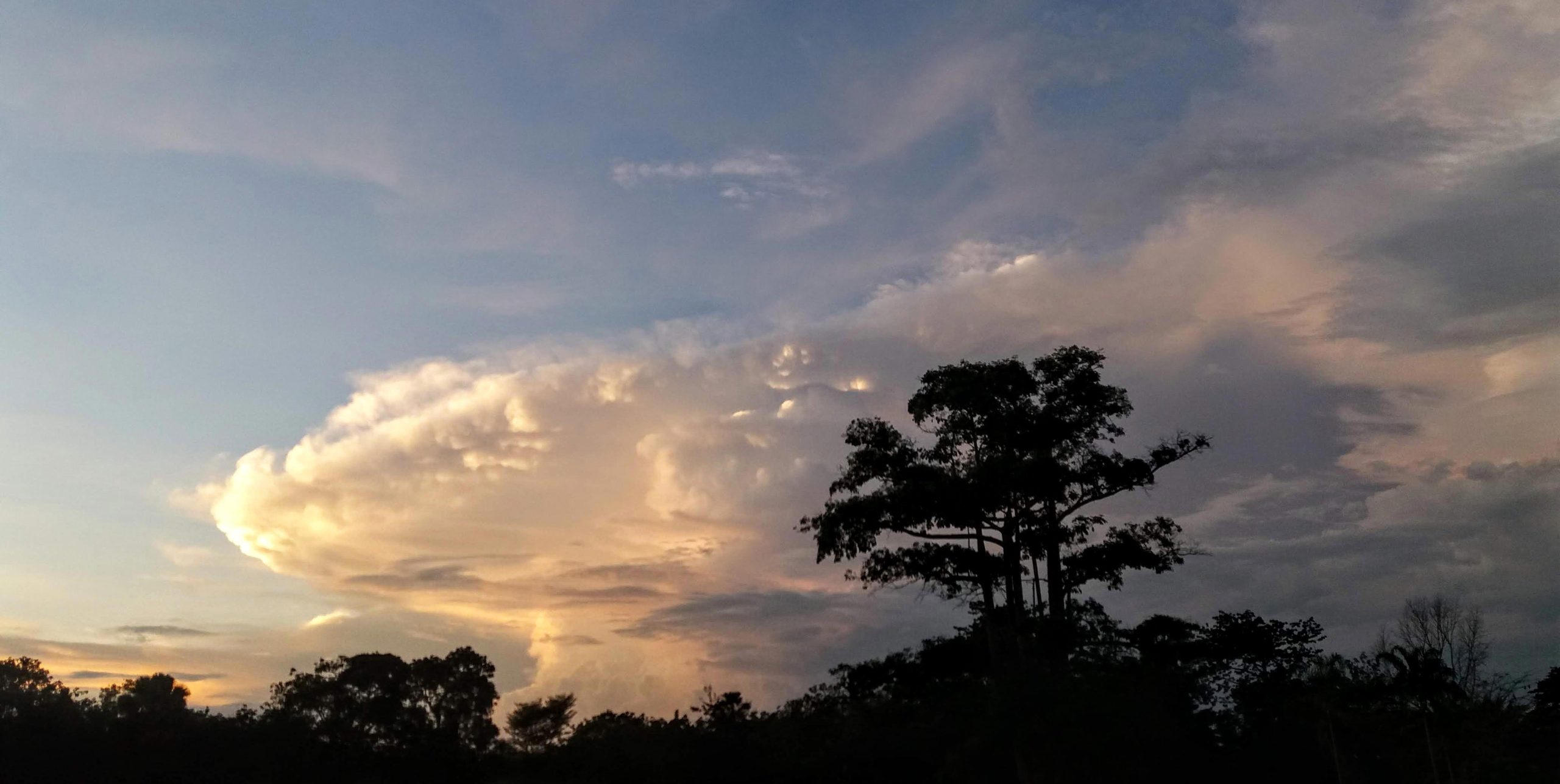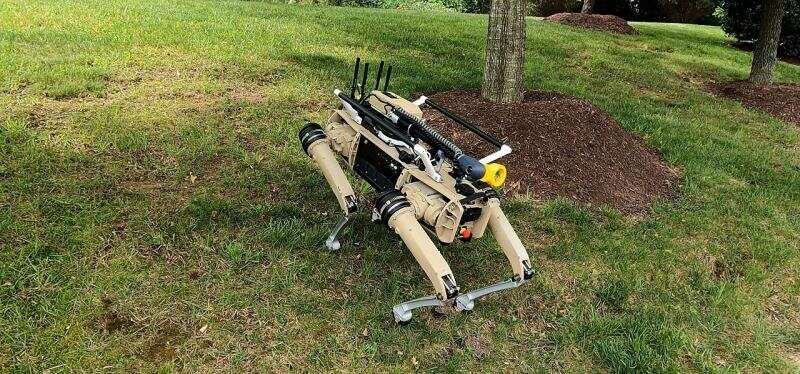
(Image credit: NASA Wallops Flight Facility)
The space X-ray picture may soon get a little clearer.
A Black Brant IX suborbital rocket topped with the Diffuse X-rays from the Local galaxy (DXL) experiment launched from NASA’s Wallops Flight Facility on Wallops Island, Virginia at midnight EST (0500 GMT) on Sunday (Jan. 9).
DXL was designed to gather data about “soft” X-rays, which aren’t as energetic as the ones doctors use to image bones but can cause disturbances high in Earth’s atmosphere that interfere with radio communications and GPS navigation.
The origin and nature of soft X-rays remain somewhat mysterious.
Related: The history of rockets
My view from Cape May, NJ. Using next generation camera technology, I tracked the rocket into the darkness. Quite windy and cold tonight but the clips will only get better from here for this years launches ! pic.twitter.com/fGC9ahsiEpJanuary 9, 2022
See more
“Very low-energy diffuse X-rays from space are believed to come from two sources,” Massimiliano Galeazzi, the principal investigator for the DXL mission from the University of Miami, said in a NASA statement.
“The first source is located outside our solar system and is generated by remnants of multiple supernovae explosions forming what is now called the Local Hot Bubble region of our galaxy,” Galeazzi said. “The second source is within the solar system and is generated by the solar wind charge exchange. DXL seeks to gain a better understanding of the nature and characteristics of these sources.”
The DXL payload reached a maximum altitude of 166 miles (267 kilometers) during Sunday’s flight and gathered good data, NASA reported in an update to the same statement.
The launch was the fourth in a series of DXL suborbital missions. The first, in 2012, showed that just 40% of the soft X-ray background originates in our solar system. That means that the Local Hot Bubble is the primary source, NASA officials said in the statement.
Sunday’s launch was visible to skywatchers under clear skies throughout the mid-Atlantic region, a number of whom posted their views of it on Twitter.
Editor’s note: This story was updated at 2 a.m. EST on Sunday (Jan. 9) with news of the successful launch.
Follow Elizabeth Howell on Twitter @howellspace. Follow us on Twitter @Spacedotcom and on Facebook.
Join our Space Forums to keep talking space on the latest missions, night sky and more! And if you have a news tip, correction or comment, let us know at: community@space.com.

Elizabeth Howell, Ph.D., is a contributing writer for Space.com since 2012. As a proud Trekkie and Canadian, she tackles topics like spaceflight, diversity, science fiction, astronomy and gaming to help others explore the universe. Elizabeth’s on-site reporting includes two human spaceflight launches from Kazakhstan, and embedded reporting from a simulated Mars mission in Utah. She holds a Ph.D. and M.Sc. in Space Studies from the University of North Dakota, and a Bachelor of Journalism from Canada’s Carleton University. Her latest book, NASA Leadership Moments, is co-written with astronaut Dave Williams. Elizabeth first got interested in space after watching the movie Apollo 13 in 1996, and still wants to be an astronaut someday.
Note: This article have been indexed to our site. We do not claim legitimacy, ownership or copyright of any of the content above. To see the article at original source Click Here












